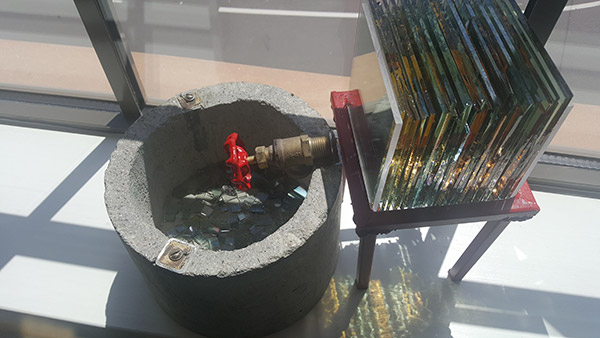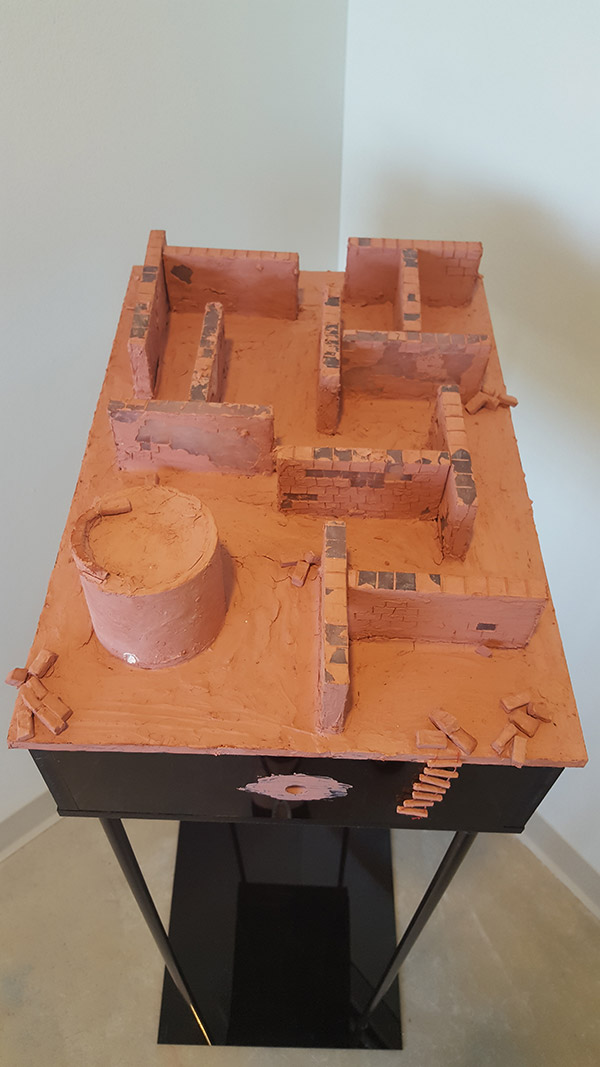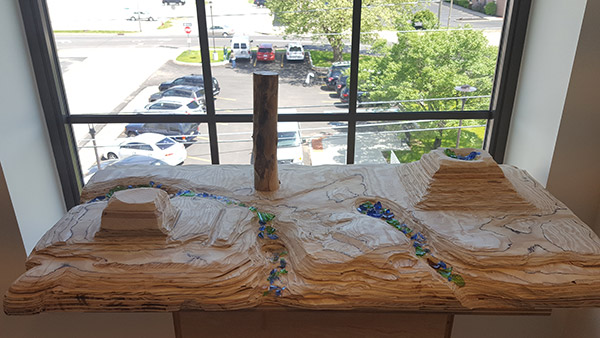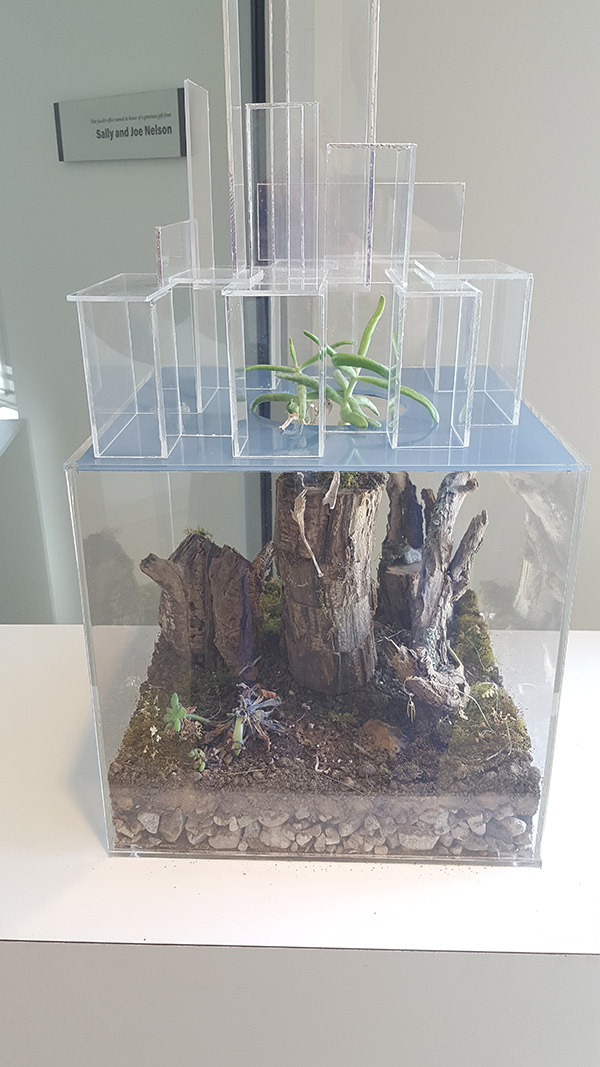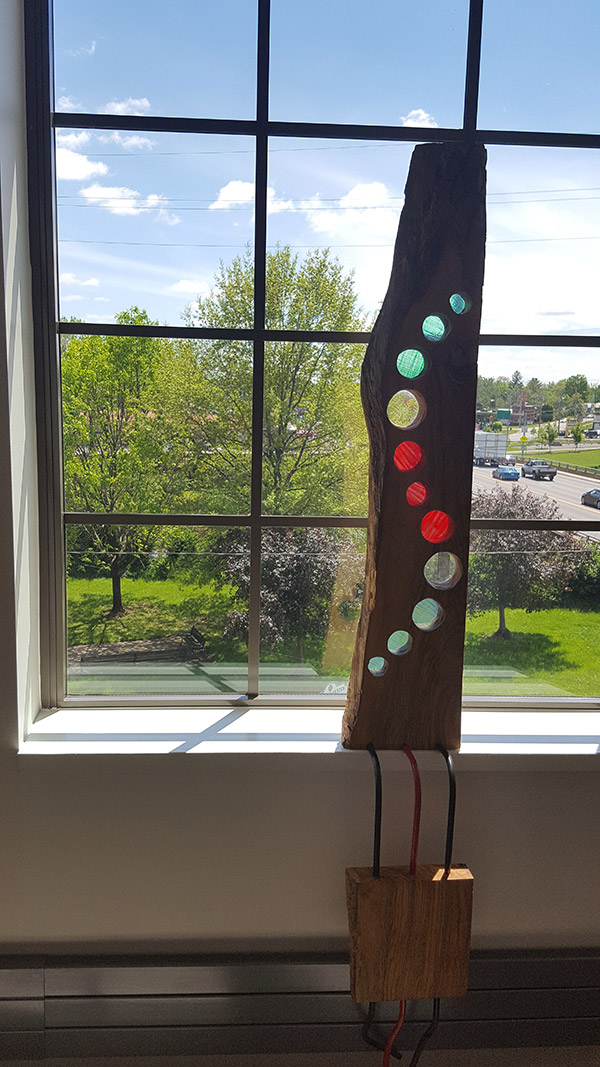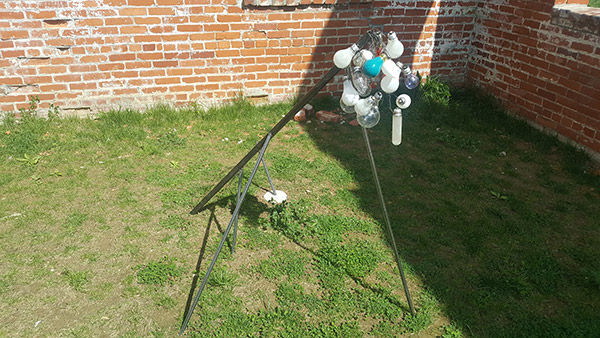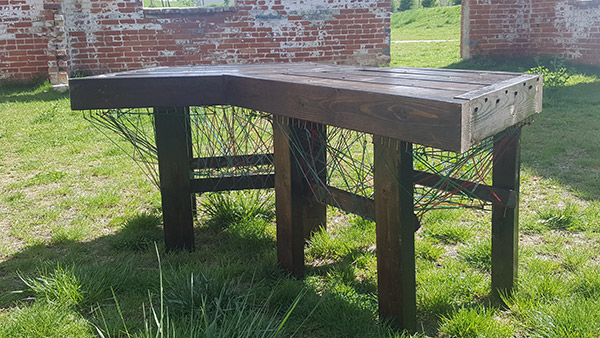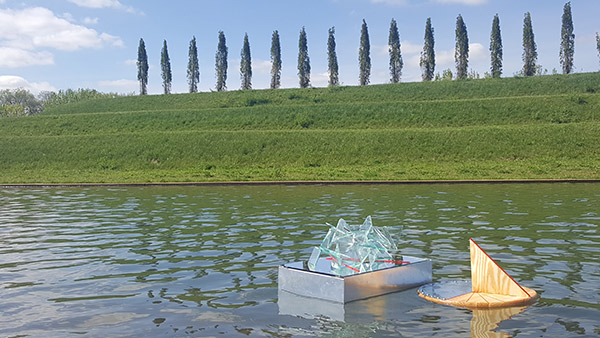Whenever a group of people set out to pay homage to a part of their past, no matter how distant or disconnected, monuments and memorials tend to be strongly associated. Looking at almost every government across the world, we see that a well-thought-out monument has been the best way to show a true respect and care to the past. Looking at Ariel-Foundation Park through this lens, it is important to understand the full history of the site in order to create a thought-provoking, respectful monument. Such a monument allows the individual lives that were part of this site to be remembered by those who share a similar community and identity with the people whose lives were dedicated to glassmaking in Mount Vernon.
If you compare the memorials in the Ariel-Foundation Park with other memorials that come to mind, you’ll notice a big difference. There are no clean, elegant forms as in Maya Lin’s Vietnam War Memorial on the National Mall in Washington, D.C., or in classical marble sculptures. Instead, there are mangled steel beams, their forms unchanged from where they were found. The beams are imperfect, industrial, and rough around the edges, but this does not detract from what they represent; it adds to it. Their bright red color makes them stand as if with confidence, self-awareness, and pride.
The remaining walls and elevator shafts are similarly significant to the park. Rather than being “harvested” by the founders of the park, the buildings were stripped down to what is left now, leaving a raw, sincere testimony to the history of the park. The ruins are no less characteristic of Mount Vernon's industrial heritage than the steel beams are. They represent different traits of the city, while keeping core values intact.

